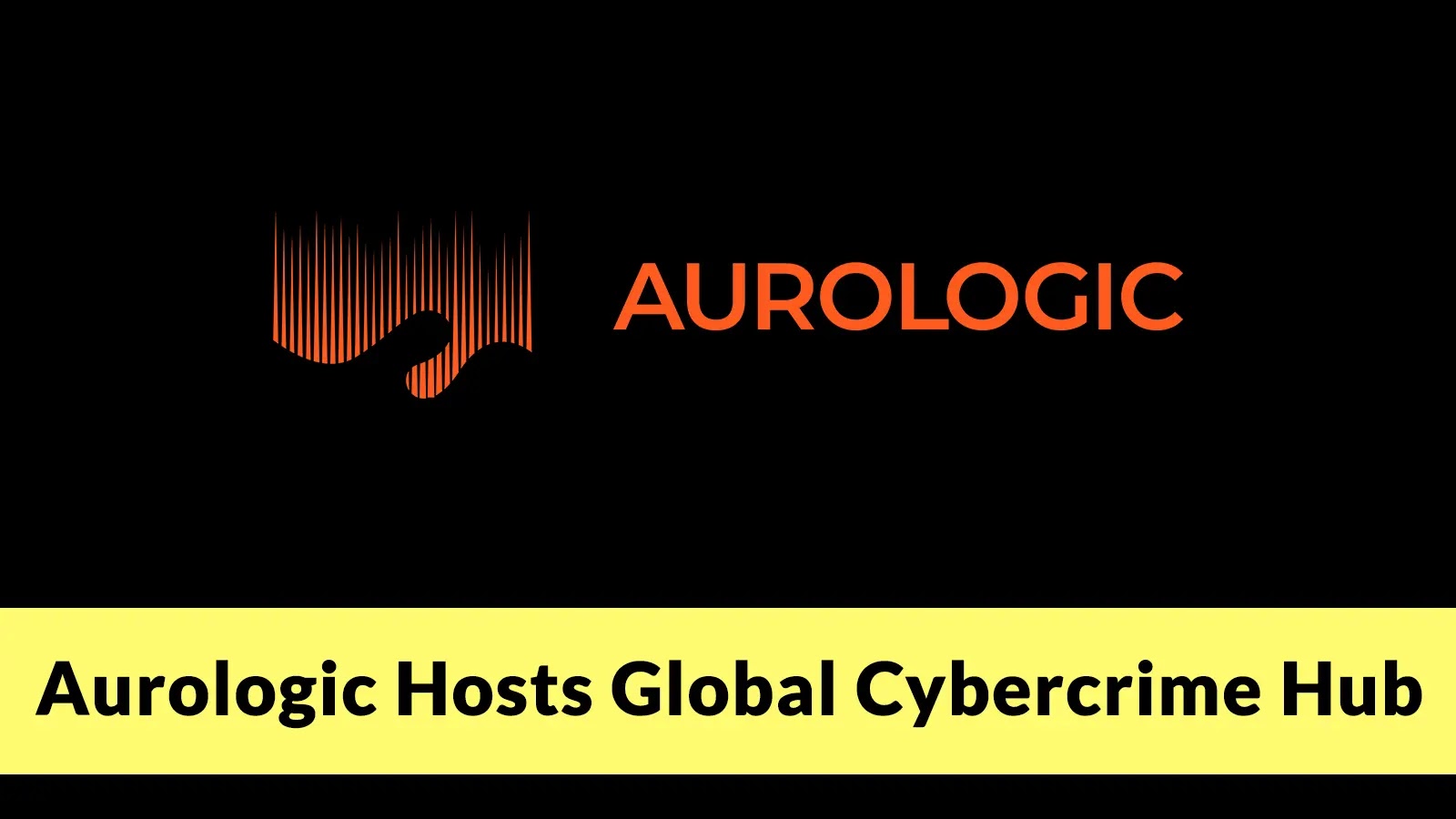
German ISP Aurologic GmbH has Become a Central Nexus for Hosting Malicious Infrastructure
The Unseen Facilitator: How Aurologic GmbH Became a Hub for Malicious Infrastructure
In the intricate and often shadowy world of cybercrime, the infrastructure supporting malicious activities is as critical as the exploits themselves. While much attention rightly focuses on the latest malware or zero-day vulnerabilities, the networks and hosting providers that enable these threats often operate under the radar. Recently, a significant spotlight has fallen on aurologic GmbH, a German Internet Service Provider (ISP) that has reportedly become a central nexus for hosting illicit operations. This development raises serious concerns for cybersecurity professionals and underscores the continuous challenges in dismantling the foundations of cyber threat actors.
Aurologic’s Role in the Malicious Ecosystem
Based in Germany, aurologic GmbH markets itself as a high-capacity European carrier, offering dedicated server services and upstream transit. However, investigations reveal a darker truth: aurologic has emerged as a key facilitator for numerous high-risk hosting networks. Operating primarily from its facility at Tornado Datacenter GmbH & Co. KG in Langen, Germany, aurologic provides the crucial backbone for services that are subsequently exploited by cybercriminals.
The company’s role as an upstream provider means it supplies internet connectivity and infrastructure to other hosting networks. When these downstream networks are then used for malicious purposes—be it hosting command-and-control (C2) servers, phishing sites, or malware distribution points—aurologic inadvertently, or perhaps complicitly, enables these threats. This presents a unique challenge, as targeting a primary ISP like aurologic can disrupt a wide array of interconnected malicious campaigns.
Understanding the Impact on Cybersecurity
The presence of a central hub like aurologic significantly complicates defensive strategies. Instead of isolated incidents, security teams are faced with a sprawling network of threats that trace their origins back to a common infrastructural provider. This aggregation allows threat actors to:
- Maintain resilience against takedowns, as they can quickly re-establish operations within a supportive network.
- Obfuscate their true identities and locations, leveraging the legitimate-appearing services of the ISP.
- Scale their malicious operations more easily due to readily available and seemingly robust infrastructure.
For security analysts, identifying and understanding such core facilitators is paramount. It allows for a more strategic approach to threat intelligence, potentially leading to more impactful disruptions of cybercriminal operations.
Remediation Actions and Strategic Countermeasures
Addressing the issue of ISPs facilitating malicious infrastructure requires a multi-faceted approach involving technical, legal, and collaborative efforts. For organizations and security professionals, specific actions can mitigate related risks:
- Enhanced Threat Intelligence: Continuously monitor and subscribe to reputable threat intelligence feeds that highlight IP ranges and autonomous systems (ASNs) associated with known malicious activity. Identify IP addresses linked to aurologic’s infrastructure and adjust security policies accordingly.
- Network Filtering: Implement robust firewall rules and intrusion prevention systems (IPS) to block traffic from known malicious IP ranges, particularly those identified as emanating from aurologic’s network when linked to suspicious activity. Use geo-blocking where appropriate if business operations do not require traffic from specific regions.
- DNS Blacklisting: Utilize DNS sinkholes and blacklisting services to prevent internal systems from resolving domain names hosted on suspicious infrastructure.
- Vendor Due Diligence: When selecting third-party hosting or cloud services, conduct thorough due diligence to ensure they do not rely on or transit through providers with a history of facilitating malicious activity.
- Reporting and Collaboration: Report identified malicious infrastructure to relevant authorities, including law enforcement and cybersecurity agencies. Engage with industry peers to share intelligence and best practices for addressing such systemic issues.
- Automated Blocklists: Integrate dynamic threat intelligence directly into security tools. For example, some next-generation firewalls can automatically update blocklists based on real-time feeds of malicious IPs and domains.
The Broader Implications for Internet Governance
The case of aurologic GmbH highlights a critical vulnerability in internet governance. While ISPs are responsible for providing neutral access, the line between legitimate service and facilitating criminal activity can become blurred. This situation often arises due to lax “abuse desk” practices, where complaints about malicious activity are not adequately addressed, or worse, ignored. Stronger regulations, industry self-policing, and international cooperation are essential to ensure that ISPs fulfill their responsibility in maintaining a secure internet ecosystem.
Conclusion
The emergence of aurologic GmbH as a central nexus for malicious infrastructure is a stark reminder of the continuous battle against cybercrime. It underscores the critical importance of understanding and addressing the foundational elements that enable threat actors to operate. By focusing on enhanced threat intelligence, robust network defenses, and proactive collaboration, the cybersecurity community can work towards dismantling these crucial support structures, making the digital landscape safer for everyone.





